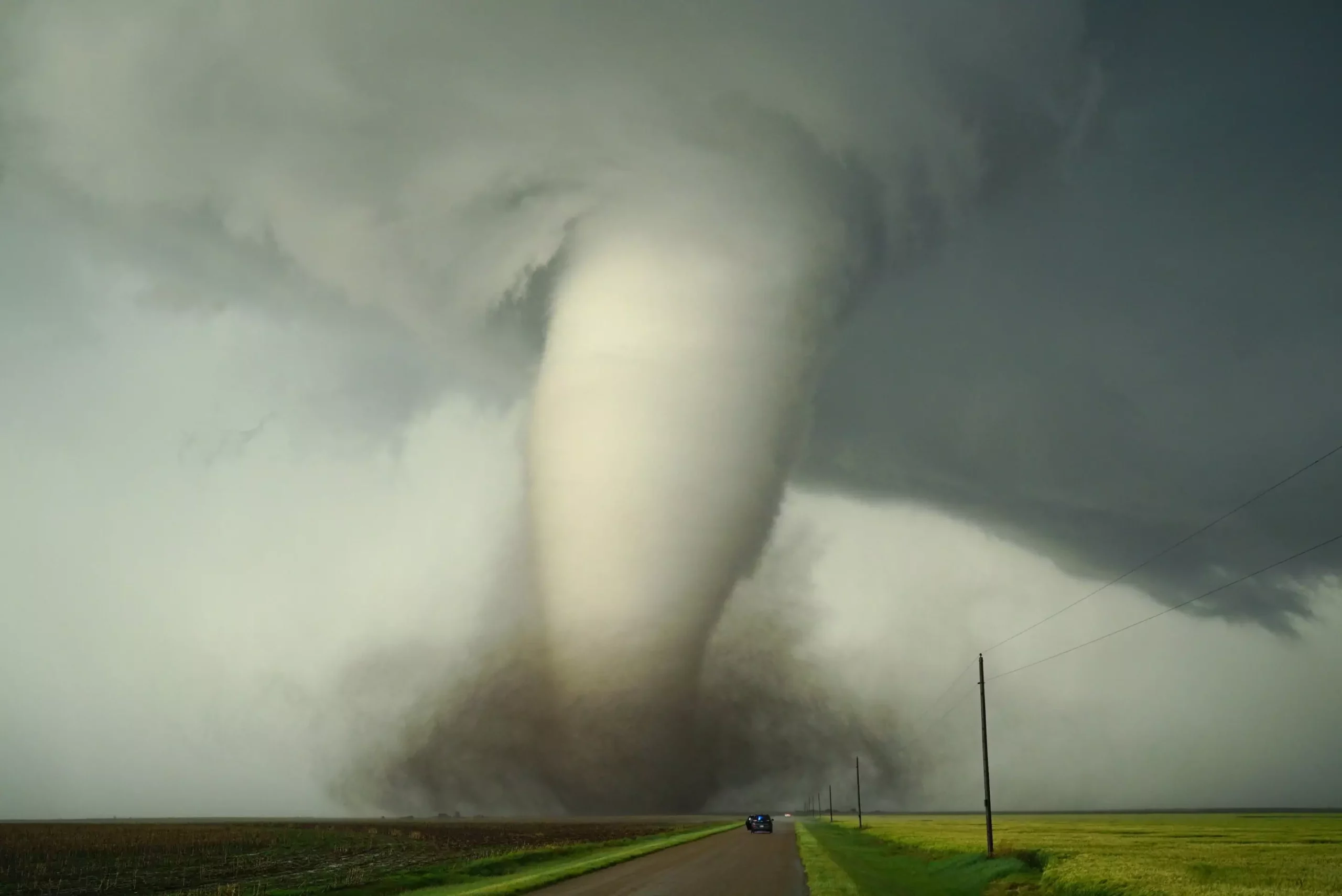In the vast and often unpredictable landscape of the Midwest, tornadoes and severe thunderstorms have long been a formidable threat, shaping the lives of millions and influencing regional development. While the raw power of these storms often draws attention, the true intrigue lies in understanding *why* they occur predominantly in specific regions. At the forefront of this exploration is Dr. Dan Chavas, whose pioneering research challenges centuries-old assumptions and unlocks new insights into the atmospheric mechanics behind these natural disasters.
Chavas’s approach transcends the traditional image of the storm chaser. Instead of chasing storms with a camera or sensing devices, he operates as a climate detective, harnessing the power of sophisticated computer models and comprehensive historical data. His aim is to clarify the complex web of factors that create favorable conditions for tornado formation. This quest is not merely academic; it holds the promise of better prediction, more effective mitigation strategies, and even the potential to influence future land use and climate policies.
A key aspect of his research involves testing old hypotheses about the origins of severe weather. For decades, meteorologists believed that the Gulf of Mexico’s warm, moist air was the primary fuel for American tornadoes. However, with advancements in computational power, Chavas has set out to rigorously test this claim through hypothetical scenarios—like filling the Gulf with land or flattening the Rocky Mountains. The results have challenged conventional wisdom, revealing that the Gulf’s influence might be less critical than previously thought, and that other factors, such as surface roughness and atmospheric wind patterns, play equally vital roles.
Breaking Down Long-Standing Assumptions
One of the most fascinating revelations from Chavas’s studies involves the impact of the Gulf of Mexico. When the team simulated a scenario in which they essentially “filled in” the Gulf with land, expectations were that tornado activity would diminish significantly. Surprisingly, while some reduction was observed over Texas, storm activity shifted eastward, intensifying in other regions like Illinois. This suggests that the atmosphere’s dynamic structure adapts to landform changes in unexpected ways, redistributing severe weather rather than eliminating it.
Chavas’s experiments underscore an unsettling truth: that the origins of severe weather are not confined to simple cause-and-effect relationships. Instead, they reveal a web of interdependent variables—temperature gradients, wind shear, moisture levels—each responding intricately to the landscape and the broader climate. By manipulating these variables in models, Chavas illuminates the layers of complexity behind weather phenomena, moving beyond outdated assumptions to a more nuanced understanding.
Further, his recent comparative studies between North and South America have shed light on the role of land surface characteristics. The Amazon rainforest, with its dense vegetation and rugged terrain, appears to suppress tornado formation—an insight derived from experiments where forested land surfaces modeled after the Amazon were artificially smoothed to resemble ocean surfaces. This increased tornado potential, highlighting how land roughness influences wind shear and storm development. Conversely, the smoother ocean surfaces south of North America foster conditions conducive to tornadoes, emphasizing the profound impact of surface texture and land use on weather.
Integral Factors: Land, Climate, and Wind Dynamics
Chavas’s ongoing work emphasizes a critical realization: that the jump from simple climate patterns to severe weather involves a fine interplay of factors. The land’s surface, with its natural roughness and vegetation, acts as a subtle but powerful moderator of atmospheric dynamics. When the surface is rugged, wind shear—the critical ingredient for tornado formation—is dampened. Conversely, smoother surfaces allow for greater wind variation with height, creating the ideal “storm ingredients” necessary for tornado genesis.
What makes these findings compelling is their implications for climate change. The shifting patterns of the jet stream, altered moisture pathways, and changing land surfaces could all influence the frequency, intensity, and location of tornadoes. As deforestation, urbanization, and climate warming continue to reshape the planet, understanding these delicate interactions becomes vital. The idea that human land use and climate dynamics are intertwined with extreme weather patterns is no longer speculative but a pressing reality.
Chavas advocates for a proactive approach—relying on refined climate models to anticipate how future changes might foster or suppress tornadoes. For instance, if reforestation efforts increase in certain regions, could we see a decrease in tornado activity? Or might the melting of Arctic ice and subsequent alterations in the jet stream lead to more unpredictable storm paths? These questions underscore the importance of integrating scientific research into policy and land management decisions.
Implications for the Future and Scientific Innovation
By pushing the boundaries of climate and weather modeling, Chavas’s work encapsulates the essence of scientific innovation—challenging assumptions, testing hypotheses, and uncovering unexpected truths. More revealing than the storms themselves is the understanding that the environment is highly adaptable and that our interventions—intentional or accidental—can influence extreme weather events.
The insights gained from these models are not static; they inform a future where weather prediction becomes more accurate and where communities can better prepare for, or even influence, severe weather. This research paves the way for innovative land management practices aimed at mitigating tornado risks—for example, planting forests or altering land surfaces to disrupt wind shear patterns.
However, this pursuit of knowledge also raises questions about our role as stewards of a changing planet. If minor tweaks to the landscape can significantly influence storm formation, how much power do we truly have over weather? And conversely, are we capable of inadvertently escalating the threat? These are questions worth contemplating as we stand at the intersection of climate science, environmental responsibility, and human resilience.
In sum, Dr. Chavas’s work exemplifies the vital importance of scientific inquiry—not just in understanding the dramatic phenomena of nature but in leveraging that knowledge to craft a safer and more predictable future amid an unpredictable climate landscape.

